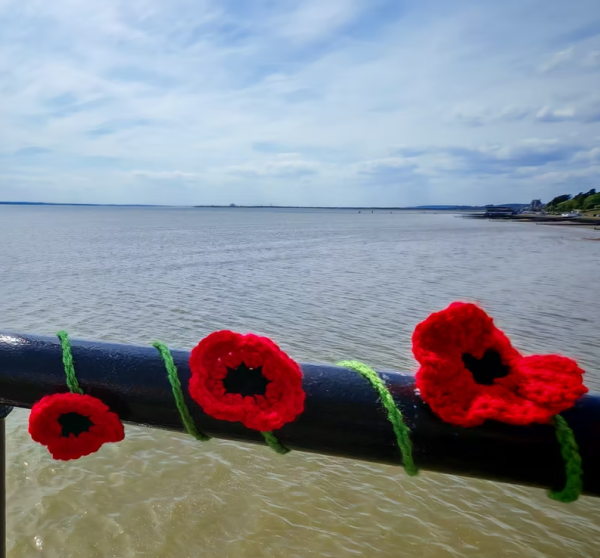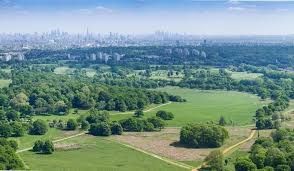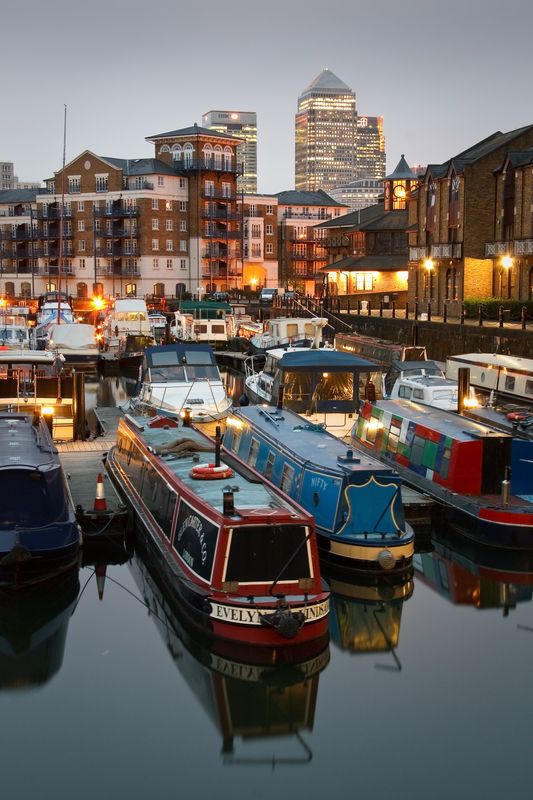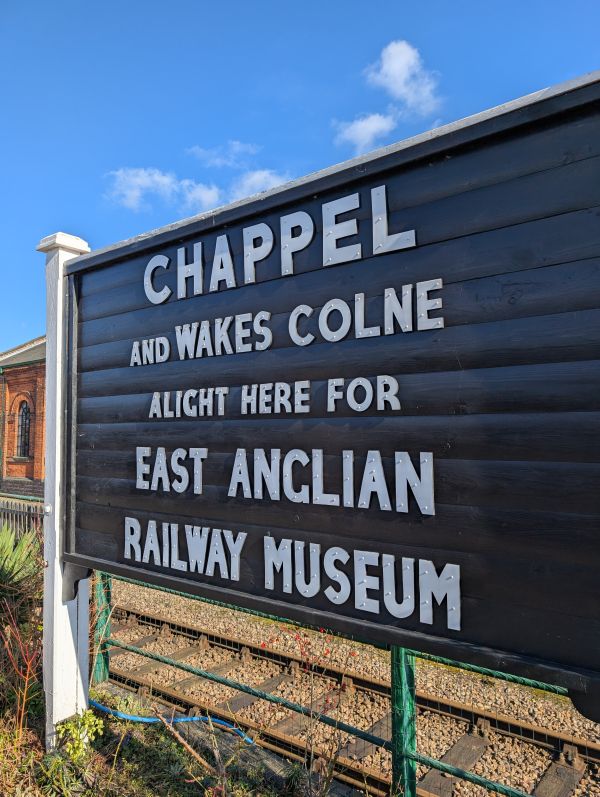This scenic hike begins at Southend-on-Sea with a refreshing stroll along the seafront, offering sweeping views of the Thames Estuary. From there, we’ll continue to the picturesque fishing village of Leigh-on-Sea, where we’ll stop for lunch. Afterward, we’ll head into Hadleigh Country Park, passing through the historic ruins of Hadleigh Castle. From the castle, we’ll make our way to 'The Hub' before crossing the Benfleet Downs, concluding the journey at Benfleet Station.
The walk will mostly be on solid paths; however, it is muddy season and I’m sure we will find some on the way so please wear suitable footwear.
Lunch: We will stop in Old Leigh for apx 30mins where you can either consume your own packed lunch or there are options to purchase food from local cafes if you wish (or the chippy). There are a few pubs here also if anyone would prefer a quick refreshment.
Toilets: There are a number of public toilets on route
Meeting Point: 'Southend Central' Train Station, outside the main entrance on Clifftown Road. Southend-on-Sea SS1 1AB
Finishing Point: Benfleet Station, Benfleet SS7 1NF
Parking: There is parking available at both stations. Depending on where you are travelling from, my recommendation would be to park at Benfleet and get the train to 'Southend Central'.
There will also be the option to unwind at a pub after the walk in Benfleet.
Hadleigh Castle - A brief history lesson
A striking medieval ruin overlooking the Thames Estuary, Hadleigh Castle was originally built in the early 13th century during the reign of King Henry III. Its prominence grew significantly in the 14th century when King Edward III extensively rebuilt and fortified it. The castle’s strategic location made it an ideal vantage point to oversee shipping routes along the estuary and to defend against potential attacks from France during the Hundred Years’ War. Edward III also used Hadleigh Castle as a royal residence and retreat, enjoying its picturesque setting and proximity to London.
Despite its initial importance, the castle's decline began in the late 14th century. Edward III's successors showed little interest in maintaining it as a residence. By the 16th century, the castle had fallen into disrepair, with its structural decline exacerbated by landslips caused by the unstable clay foundations beneath it. The property was leased to various tenants and eventually sold, with much of the stone repurposed for other building projects.
Its dramatic decay and striking views have since inspired artists and poets, most notably John Constable, whose painting of the castle remains one of his celebrated works.





